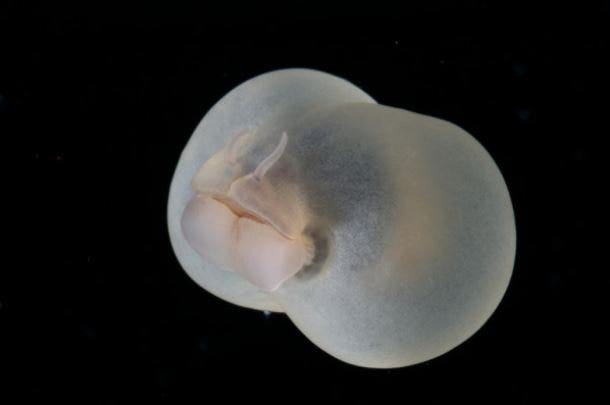Worms
In celebration of Dune 2, we look for the good in these common invertebrates
Dune 2 is out and it’s pretty good.
In case you aren’t a fan of the books or films (made and not made), a central element of the lore are worms, sand worms.
Sandworms lived beneath the sand, reached 450 meters in length, and were essential in the creation of the spice melange, which facilitates the bending of space!
Now our earthborn counterparts are not quite as large, and we as a culture haven’t quite gotten around to bending space, but let’s take a moment to appreciate all the good and great about Earth’s worms (not necessarily earthworms.)
Variety:
Worms can live in a multitude of environments from the mundane to the hostile. They don’t quite reach 450 meters, but we have tiny worms that can only be seen under microscope and some that can reach the length of half an olympic swimming pool lane.
The three common types of worms are: the flatworm (soft and flat because they breath through their skin), the roundworm (smooth and tubular), and the segmented (in addition to body segments, and this is where earthworms are classified.)
There are lots and lots of really interesting worms too! The recently discovered “bone-eating worm” lives on the seafloor of Antarctic waters and earned the nickname because they eat the dead whale bones via a secreted acid!
The smallest worm in the world is a roundworm called the Greeffiella. It clocks in at 80 micrometers in length and is completely transparent.
Then there is the wonderfully named pig butt worm (AKA Chaetopterus pugaporcinus.) As to why it has that prosaic name? Well, um…
Finally, let’s revel in all the great traits of the Beachworm (family Onuphidae) popular in Australia as a fishing bait, these worms live DEEP in beach sand. They also feature an ability that we humans have longed for since time emimorium, it can regrow its head should it become lost.
Here in brief is an extensive, but by no means complete, list of the benefits provided by Earth’s worms.
Soil Aeration: Creating channels in soil that allow air, water, and nutrients to penetrate deeper.
Nutrient Cycling: Converting organic matter into nutrients like nitrogen, phosphorus, and potassium.
Scavaging: Breaking down dead bodies helping prevent disease, removing waste and converting nutrients.
Improving Soil Structure: Decompacting and thus enhancing drainage, and water retention.
Microbial Advocacy: Enhancing decomposition and nutrient availability.
Increasing Plant Growth: Healthier plant rule.
Vermicomposting: From organic waste into nutrient-rich compost.
Pest Control: Preying on insect larvae and other pests.
Ecosystem Sustainability: The larger ecosystems benefit from the lower rung recycling of organic matter.
Global Economy Support: Reducing the need for chemical fertilizers and pesticides, ultimately saving farmers money.
After the break, please find a recent interview comparing Earth’s worms with those of Frank Herbert’s Dune with paleontologist Luke Parry who studies worms and is (really) a worm historian.
Keep reading with a 7-day free trial
Subscribe to One Good Thing to keep reading this post and get 7 days of free access to the full post archives.




